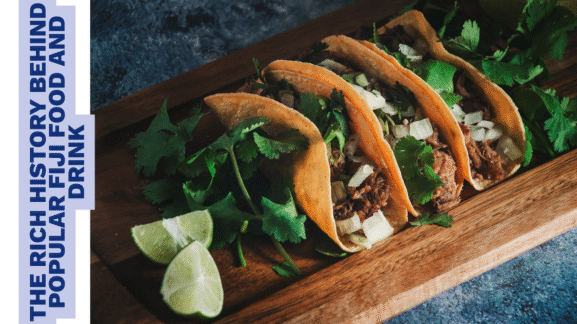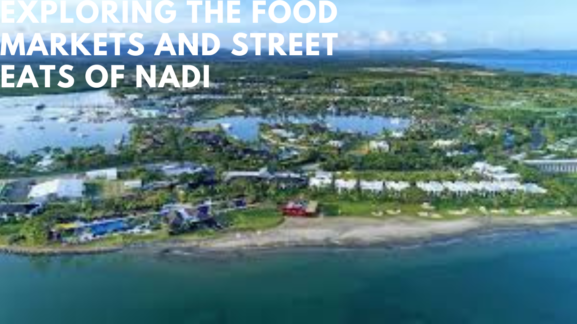Fiji bread – so many choices!
Fiji bread comes in all kinds of styles and tastes. Fiji’s multicultural society provides plenty of variety and some delicious options when it comes to wolfing down some yummy carbs.
We’ll look at some interesting wheat alternatives being used in Fiji but first of all, here are some of the local treats.
Roti
Roti is a widely popular Fiji bread. Its Indian origins means it’s an excellent accompaniment to curries and spicy stews. Roti is basically a flat bread made from flour, oil, butter and water. The goal is to make a soft roti that can also act as a wrap.
Roti’s base is plain flour, with wholemeal flour being the healthier option. Coconut oil is often added as a substitute for butter. You can fill a roti with curry, vegetables, spicy chicken – whatever takes your fancy!
Lolo Rolls
Did someone say, “coconut milk”? Hello, Lolo rolls. Deliciously soft with all the goodness of fresh Fijian coconut milk, Lolo buns are a big hit with all Fijians.
If you want to make a good impression, think Lolo.
Lolo buns are distinctive for two reasons. First of all they’re usually boiled or steamed instead of being baked. This adds to their soft texture. Secondly they’re made with coconut milk or cream which really gives them a creamy, tropical taste sensation!
Fiji Long Loaf
Fiji Long Loaf bread is a food that many Fijians grew up with. It’s made with the very basics – flour, butter, yeast and water but is delicious and fills plenty of stomachs. Kids can share a Long Loaf or adults with big stomachs can devour one all on their own – preferably with lashings of Fiji’s famous Rewa butter.
Very affordable and satisfies hunger pains. Best of all is the smell of a freshly-baked Long Loaf!
Babakau Fried Bread
Babakau is a deep-fried Fiji bread. It’s often served up at breakfast at any time of year. Babakau is carefully kneaded into small shapes and then dipped into oil to create a light and fluffy treat. Fijians love to eat Babakau with generous portions of cream, butter, jam or whatever suits!
Cassava bread
Cassava is one of Fiji’s most popular traditional foods. It’s a nutritious root vegetable commonly eaten throughout the Pacific islands. It’s an excellent source of energy and one of the healthiest carbohydrates going around. Cassava cake has long been a staple dish in Fiji and now the vegetable is being used along with smaller portions of wheat to make seriously tasty Fiji bread.
Cassava breads and cakes are traditionally baked. They can be eaten with just about anything and have almost no additives or preservatives. Er…yes please.
With the volatile situation in Europe, world grain supplies have been seriously stretched. Fiji however, is well placed to deal with such difficulties.
Neighbouring Australia is one of the world’s key producers of wheat. Fiji has long had established trade agreements with Australia to ensure access to quality grain will continue to be guaranteed.
Fiji is also looking at alternatives to wheat to produce Fiji bread.
For example, Fiji farms grow highly nutritious vegetables such as cassava, yams, sweet potatoes and dalo which can all be converted into flour.
Indian Fijians can continue to keep making delicious loti bread by substituting portions of wheat with cassava. The idea is to use vegetables along with flour to preserve those all-important flour supplies.
Most Fijian families eat some kind of flour-based food at least once a day. Whether it’s in the form of breakfast rolls or chicken wraps, bread is a massively popular meal option.
Initiatives such as introducing cassava flour not only help to substitute wheat imports, but also keep Fijian stomachs happily full.



